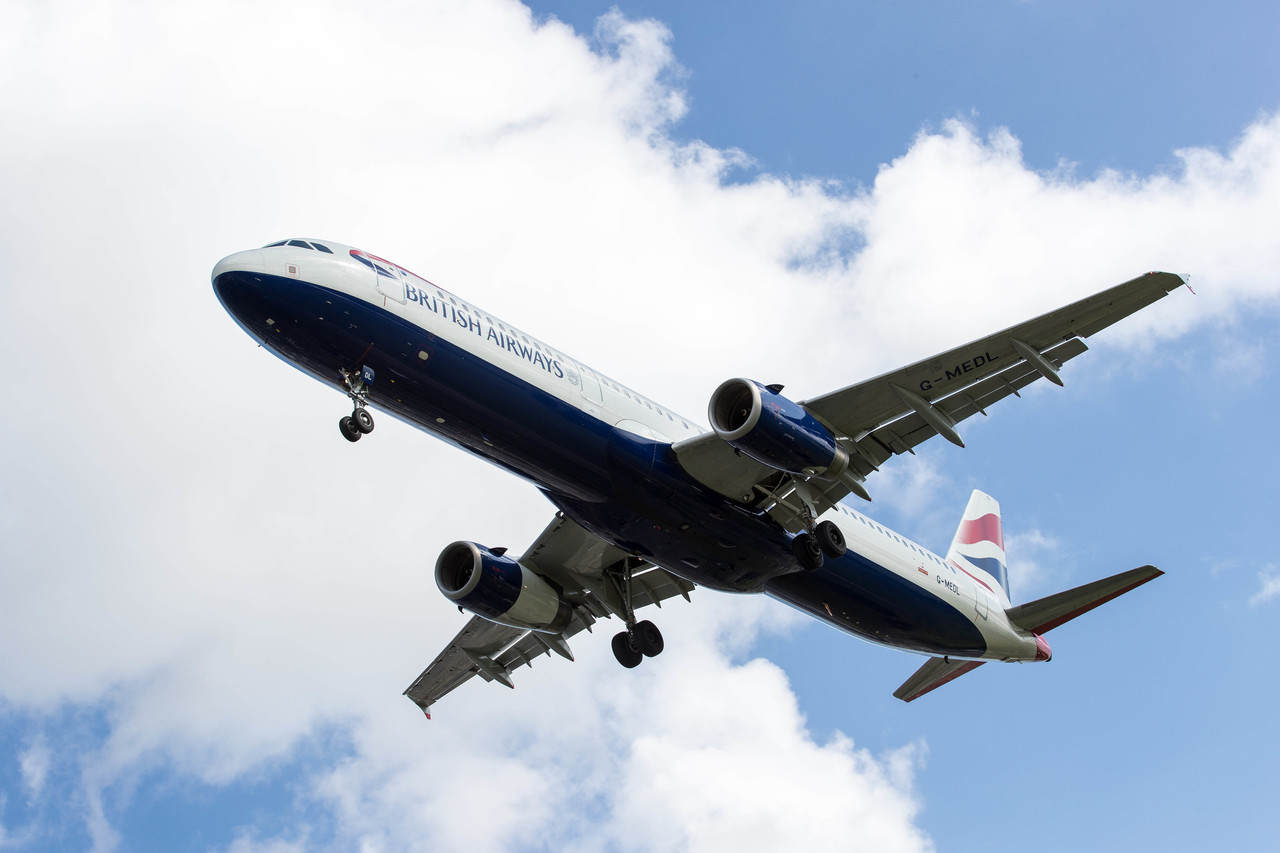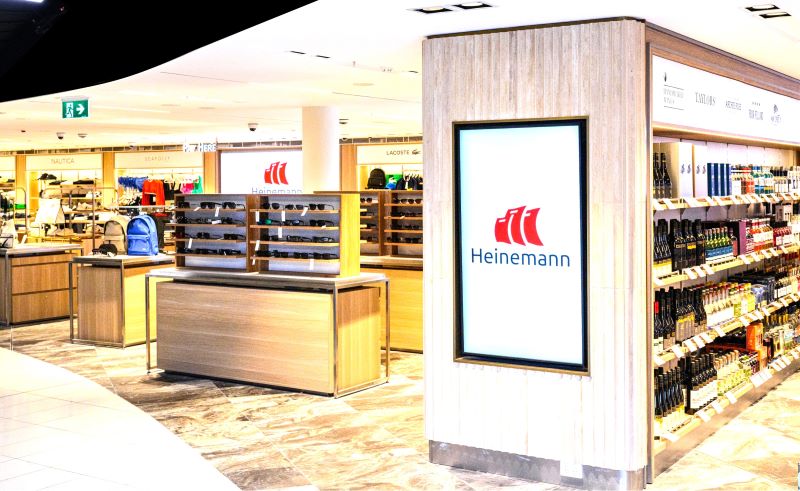EUROPE. ACI Europe has today reported that passenger traffic in the European airport network decreased by -49.3% in July measured against the same month of 2019 but warned that this result “cannot be called a recovery”. Nevertheless, it represents a significant improvement on the numbers recorded in the second quarter of this year (-74%).
Total passenger volumes of 133.4 million more than doubled the total achieved in July 2020 (57.4 million).
The airport trade body has also published preliminary data for August which reveals that passenger traffic in the European airport network kept improving but at a slower pace compared to July, with the month closing at -43%.

Although airports in the EU+ area kept underperforming the European average in July at -56.1%, the improvement over Q2 2021 (-81%) was also significant. ACI Europe said that this reflected the role of the EU Digital Covid 19 Certificate, alongside the easing of travel restrictions in many countries.
ACI Europe noted that were significant variations between national markets across the EU+ area, which it attributes to a mix of factors including diverse epidemiological situations, uneven efforts made by governments to ease travel restrictions, the size of domestic markets and some countries benefiting from tourism/VFR traffic more than others.
Strong performances came from Romania (-32.6% vs 2019), Greece (-33.3%), Luxembourg (-44.5%) and France (-46.2%), while Finland (-81.9%), Ireland (-81.7%), the UK (-81.2%) posted the steepest declines. Germany (-60.8%) also underperformed the EU+ area average.
“We are still -66% below pre-pandemic volumes so far this year, and the improvement has predominantly benefited smaller airports relying on domestic and leisure traffic. As we have exited the peak Summer holiday period, passenger traffic is no longer improving in many markets” – ACI Europe Director General Olivier Jankovec
Meanwhile, airports in the rest of Europe saw passenger traffic decreasing by just -20.3% in July, measured against 2019. ACI Europe said this reflects a complete recovery of domestic passenger traffic (+10.3%) as well as less severe restrictions for cross-border travel.
Among national markets, Kosovo (+21.4%) and Albania (+9.6%) exceeded pre-pandemic 2019 passenger volumes. Uzbekistan (-8.3%), Bosnia Hercegovina (-13.2%), Armenia (-15.7%) and Russia (-16.4%) significantly outperformed the bloc’s average, while Turkey (-25.5%) and Ukraine (-25.1%) failed to do so.
The five busiest airports in the first half of the year all came from Russia and Turkey, but July has seen the return Paris Charles de Gaulle (-58.9%) and Amsterdam Schiphol (-54.9%) to the top five, in fourth and fifth positions respectively. Istanbul (-34.7%) remained in the top spot, followed by Antalya (-27.9%) and Moscow Sheremetyevo (-30.4%).
ACI Europe observed that more generally EU hubs and larger airports significantly underperformed in July due to the permanence of tight restrictions on international travel beyond Europe. This, it suggested, dragged the performance of Group 1 airports down by -55.6% in July.

In particular, Frankfurt (-58.9%) was only ranked seventh busiest European airport, Madrid ninth (-57%), London Heathrow 16th (-80.5%), Munich 18th (-69.2%), Stockholm Arlanda 39th (-64.8%), Dublin 48th (-81%) and London Gatwick 64th (-89.6%).
Only a few large airports relying on leisure and domestic traffic posted significantly better results with Palma de Mallorca ranked tenth (-42.2%), Paris-Orly 13th (-35.4%) and Athens 15th (-37.8%).
On the other hand, ACI Europe noted, mid-size and smaller airports tended to fare better in July, a result of their higher reliance on domestic and intra-European leisure traffic. Accordingly, Group 3 and Group 4 airports saw passenger traffic decreasing by -38% and -34.2% respectively.
Apart from Sochi (+68.2%) standing out with impressive growth over pre-pandemic 2019 levels and ranking amongst the top 20 European airports, the best results mostly came from insular airports serving popular tourist destinations.
These included Ajaccio (+10%), Calvi (+3.9%), Bastia (-6.6%), Santorini (-13.2%), Palermo (-14.2%), Olbia (-14.9%), Mikonos (-17%), Tenerife (-20%), Menorca (-23.4%), Cagliari (-23.7%) and Heraklion (-25.2%).

ACI Europe also noted that secondary airports predominantly catering to low cost carriers posted lower traffic declines, giving the examples of Paris-Beauvais (-25.2%), Brussels-South Charleroi (-31%), Rome-Ciampino (-33.6%) and Milan-Bergamo (-36.2%).
Commenting on the August preliminary data, ACI Europe said that the improvement in the month all came from the EU+ market at -49% although this was mainly driven by UK and Irish airports following the partial lifting of travel restrictions in these countries, as well as further gains in the Eastern part of the bloc. Most other EU+ markets remained at their July levels, it observed.
Meanwhile passenger traffic in the rest of Europe stood at -21% in August, showing no further increase compared to July.
Reflecting on the July and August passenger numbers, ACI Europe Director General Olivier Jankovec said: “The easing of travel restrictions for intra-European travel and the EU Digital Covid Certificates have allowed passenger traffic to finally improve across Europe, giving airports some oxygen over the months of July and August. But make no mistake, this cannot be called a recovery.
“We are still -66% below pre-pandemic volumes so far this year, and the improvement has predominantly benefited smaller airports relying on domestic and leisure traffic. As we have exited the peak Summer holiday period, passenger traffic is no longer improving in many markets. In fact, it is plateauing and even decreasing again, with business travellers not there to take over from holiday makers.

“Of course, this is due to travel regimes which still remain unaligned with restrictions and conditions difficult to navigate. But beyond obvious demand factors, supply issues are also starting to hold back further progress. Air connectivity remains very much degraded across Europe – this is acutely felt in the business travel sector in particular.”
He added: “We are anxiously waiting for the UK to reconsider its current restrictions and further ease cross-border travel. This should finally allow UK airports to close the gap with the rest of the industry but would also benefit airports in many other European markets.
“And crucially, we need to do away with restrictions to international travel for fully vaccinated travellers both within and beyond Europe. The transatlantic market and EU neighbouring countries are absolute priorities in this regard.
“COVID-19 vaccination is proven to be highly effective against hospitalisation and death. This has completely changed the paradigm of the epidemiological situation and related risks. Yet, by relying predominantly on infection rates, the criteria used to assess such risks fail to reflect this new reality.
“This must be urgently addressed, along with a push for the EU COVID-19 Digital Certificate to become the global standard.”












